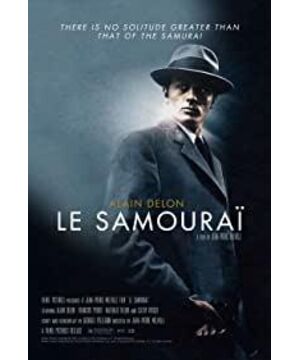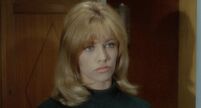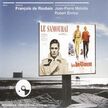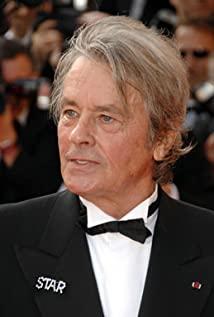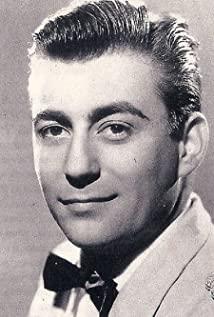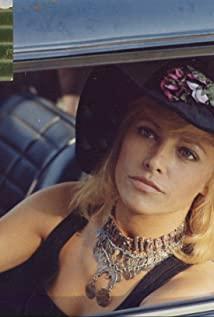loneliness:
In 1967, Paris still had a population of 10 million and 20 districts under its jurisdiction. But the film is so sparse: the subway is not crowded, the traffic is not blocked, and the bar is the epitome of this big city. Going back to the film itself, audiovisually, it is more silent and lonely, with a low saxophone soundtrack, few lines and a relaxed tone, and restrained footage (I don’t know if it’s the resource I watched or the equipment problem, some sports footage has a frame drop effect , I prefer to believe that it is a dropped frame, because this kind of unsmoothness shows a sense of alienation), not to mention pictures with dark tones, many interiors, and a sense of space. Alain Delon was born with a melancholy temperament, and those eyes were just like that. The gestures and gestures of the performance were neat and tidy, which corresponded to the editing style.
Violent Aesthetics:
The common-sense violence aesthetic has always had a bit of blood on it, but this movie is the first of its kind. I personally think that killing without blood is the true aesthetics of violence, and depicting killing as a poetic artistic act. In fact, it is more like a black and white movie in this sense.
Apathetic Society:
There is no expression of emotion, and each character is almost like a puppet show. The police station's handling of cases is not very clean, and the client is also afraid that he wants to cut the weeds. Even between the male protagonist and the two female protagonists, the expression of feelings is cut off.
warrior:
The literal translation of the movie's original name is "Samurai", and the title slogan: "Samurai can endure the most unbearable loneliness in the world. Perhaps only the beasts in the forest can compare with it" from Japanese classics. World film history is mutually influenced, and the samurai films of Akira Kurosawa's group not only influenced such killer films, but also westerns. For westerns, Leone also litigated over the script issues of "Red Dead Redemption" and Kurosawa's "Heart Stick". What killers and samurai have in common, I think the most obvious is "death". Whether it is sacrifice or life, it is the same.
I turned on the revolver in the car and thought it was an inspection. Finally, I was caught off guard by a close-up of an empty gun, which meant a lot. This must be an empty gun, and the piano girl will die with his hand speed. In front of him, he is not checking, but unloading. Because his purpose is not to complete the task, but to "sacrifice". Maybe he has fallen in love with the piano girl, and sacrificed for love, it was just a "love killing". Or he must be sentenced to death for murder, throw himself into a snare, and commit suicide under the guise of others, like a samurai samurai. It is not his style to commit suicide because of fear of crime. It feels like the director is using this scene to express the most touching depiction of humanity in the whole article.
View more about Le Samouraï reviews


